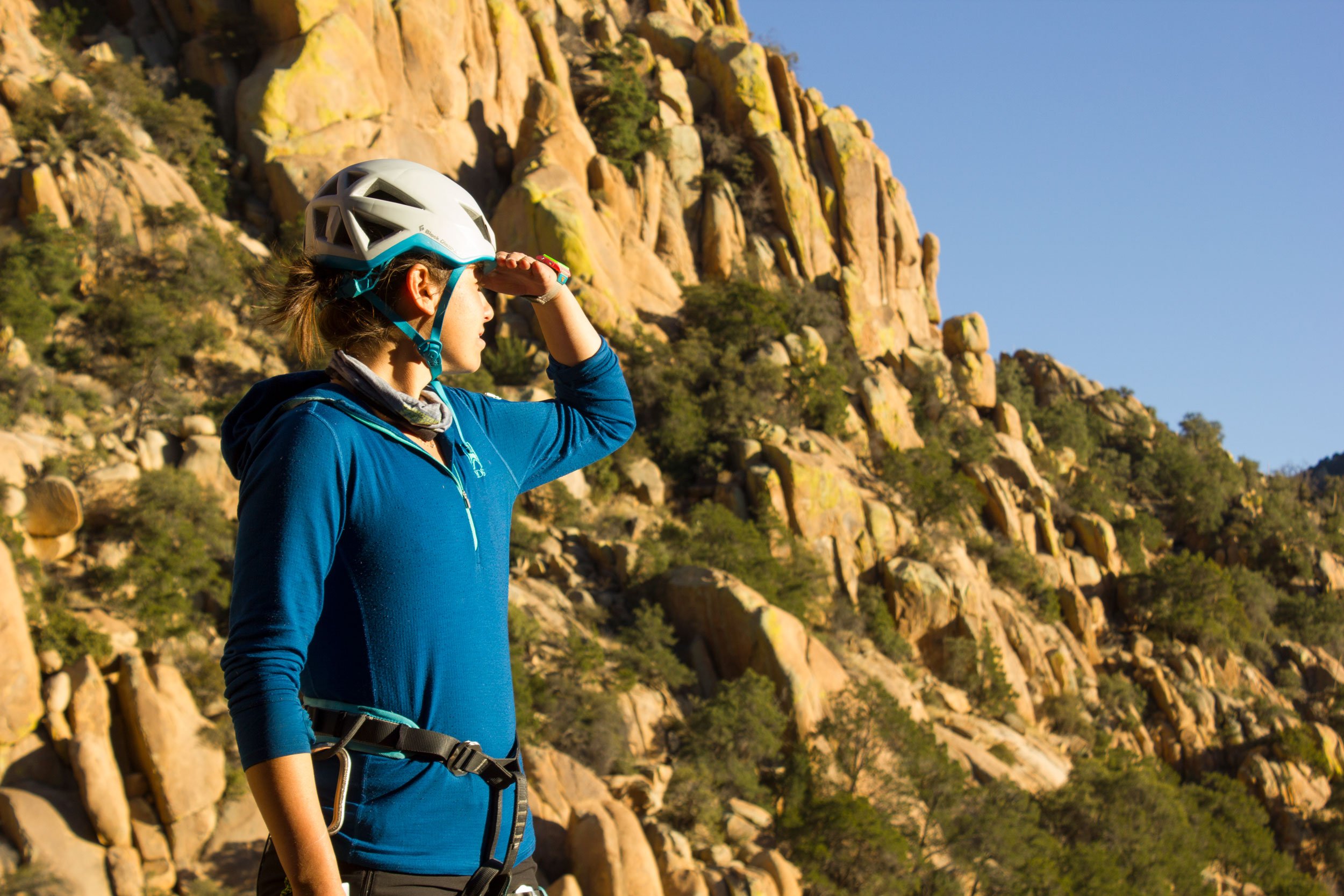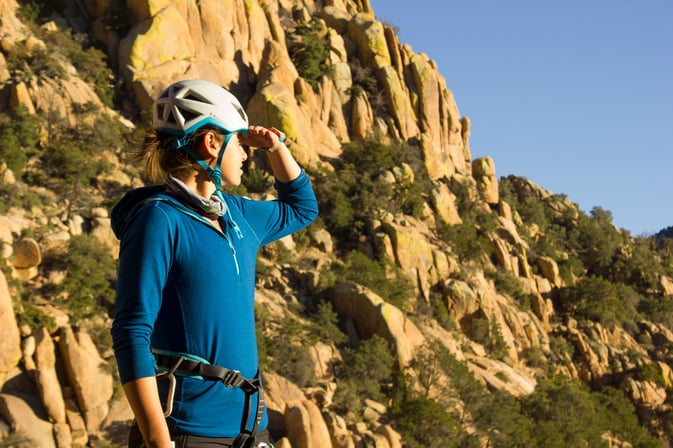
SOAP Report
Subjective
The patient is a 43 year old with spasms to their legs.
Objective
Patient Exam
The patient is lying on their back, crying out in pain with obvious spasms to the legs. They are A+Ox4 and deny losing responsiveness or being submerged in the water. Head-to-toe does not reveal any obvious sign of injury.
Vital Signs
|
Time |
4:25 PM |
|
Level of Responsiveness (LOR) |
A+Ox4 |
|
Heart Rate (HR) |
100, strong, regular |
|
Respiratory Rate (RR) |
28, shallow, unlabored |
|
Skin Color, Temperature, Moisture (SCTM) |
pink, warm, sweaty |
|
Blood Pressure (BP) |
radial pulse present |
|
Pupils |
PERRL |
|
Temperature (T°) |
not taken |
History
|
Symptoms: |
Patient complains of dizziness and nausea. |
|
Allergies: |
None. |
|
Medications: |
Denies OTC, herbal or recreational medication. Takes Lopressor® for high blood pressure and is on their normal dosing schedule. |
|
Pertinent Hx: |
Mild hypertension. Patient states they have “a cold and an upset stomach.” |
|
Last in/out: |
Patient’s hydration status is unclear. They state they had 3 liters of water today and yesterday as well. Did not eat today. No bowel movement today. Urinated twice today. Urine color unknown. |
|
Events: |
Paddling and hiking in hot windy weather the past three days. |
Pause here!
What is your assessment and plan? Take a few minutes to figure out your own assessment and make a plan before you read further.

Assessment
- Possible exercise-associated muscle cramps.
- Possible heat exhaustion.
- Possible hyperventilation.
Plan
- Move patient to shade. Use cool wet compresses to lessen heat stress.
- Gentle stretching on legs to try to relieve exercise-associated muscle cramps.
- Calm the patient to manage hyperventilation.
- Hydrate and feed the patient.
Anticipated problems
- Heat stroke or hyponatremia.
- The spasms cannot be relieved.
Comments
You were able to quickly dismiss the notion that this was a seizure. The patient was awake, never lost responsiveness, and the spasms looked like muscle cramps and not seizures. Then you have to try to figure out what is causing this problem, but first, you wisely treat the obvious and get this patient out of the sun and try to reduce the heat stress with cool, wet compresses. Then you go promptly to the muscle cramps and use gentle stretching to try to get these to subside. They look like the worst case of “charley horse” muscle cramps you’ve ever seen. No wonder the patient is in pain. You remember to take a temperature, which is reassuring since it rules out heat stroke.
The Tale Continues
|
Time |
4:25 PM |
4:55 PM |
|
Level of Responsiveness (LOR) |
A+Ox4 |
A+Ox4 |
|
Heart Rate (HR) |
100, strong, regular |
90, strong, regular |
|
Respiratory Rate (RR) |
28, shallow, unlabored |
28, shallow, unlabored |
|
Skin Color, Temperature, Moisture (SCTM) |
pink, warm, sweaty |
pink, warm, dry |
|
Blood Pressure (BP) |
radial pulse present |
radial pulse present |
|
Pupils |
PERRL |
PERRL |
|
Temperature (T°) |
not taken |
99°F oral |
About 15 minutes into this event the patient begins to complain of cramping in their hands. At this point you recognize the high respiratory rate and want to get this under control before you have a hyperventilation patient. After 30 minutes of stretching, the leg cramps subside to easy “quivering” and the RR is slower. The cramps in the hands also subside.
Now you take a few minutes to review your SOAP note and your list of what this might be (heat stroke, heat exhaustion, dehydration, exercise-associated muscle cramps). You start again with the life-threat of heat stroke. The LOR has been normal and the patient’s oral temperature is 99°F (37.2C), so this is unlikely. Fluid intake has not been excessive, so it’s unlikely to be hyponatremia. The history of 3 liters of water intake and not eating well, and the environmental conditions over several days has you suspicious of heat exhaustion and dehydration. The cramps may be due to the low fluid and food intake.
End of the Tale
Your treatment plan is to assume heat exhaustion and dehydration, treat for this, and to assume the cramps were due to heat/electrolyte imbalance and treat for these at the same time. You have your patient slowly sip a liter of water. You cover all these bases by camping right here tonight, making sure the cramps have subsided and the patient is well fed, well hydrated, and well rested.
Their legs are sore, but by the evening the patient is walking and saying they are fine.
Written By
Gates Richards
Gates Richards has been involved in outdoor education and EMS since the early '90s. Over the years he's worked outdoor programming throughout the Rockies, Pacific Northwest and Alaska. He's worked urban EMS in DC, WA, CO and WY. Gates began teaching for NOLS Wilderness Medicine in 1998 and has been awarded the Wilderness Medical Society's Warren Bowman award for contributions to wilderness medicine by a non-physician as well as the National Collegiate EMS Foundation's Distinguished Service Award. He was the former Associate Director and is currently a NOLS Wilderness Medicine Faculty member.




